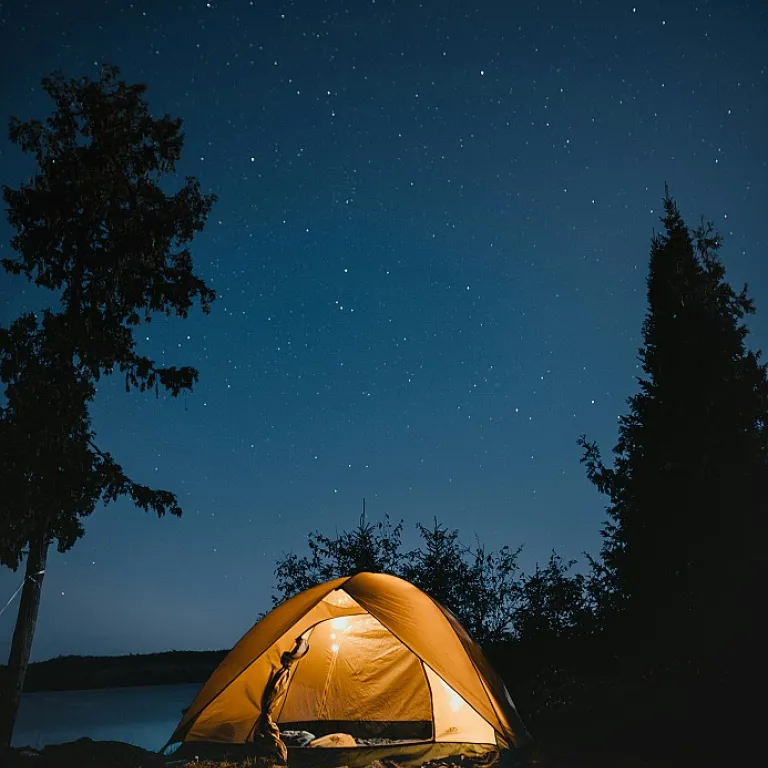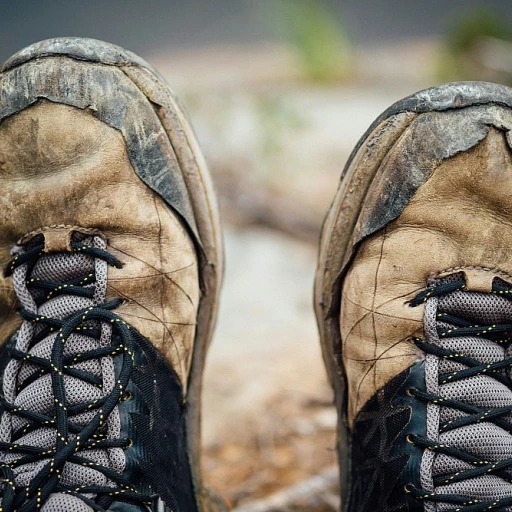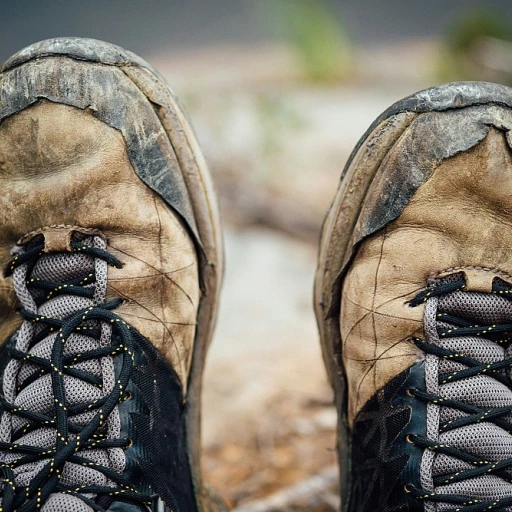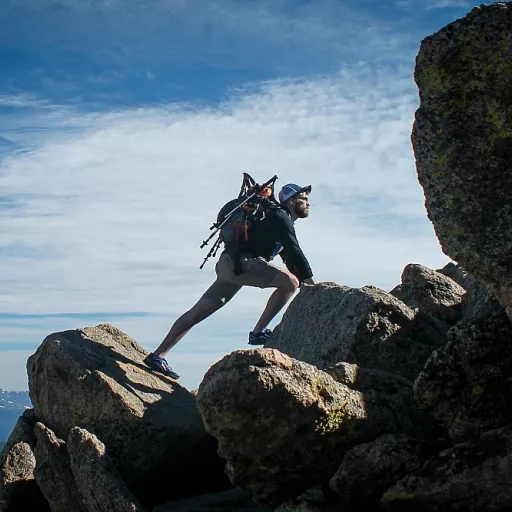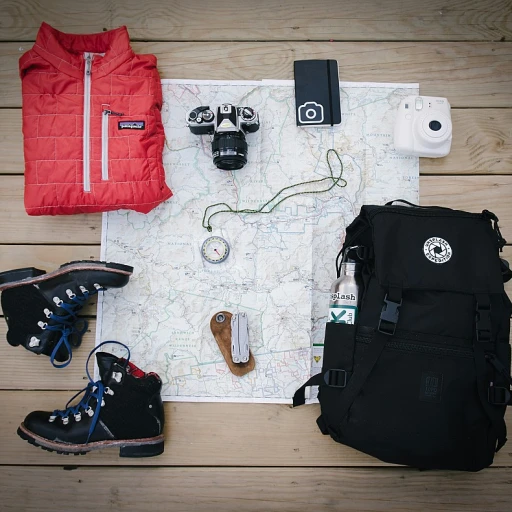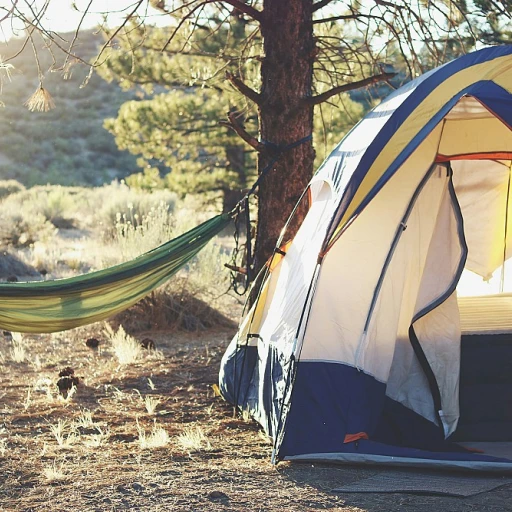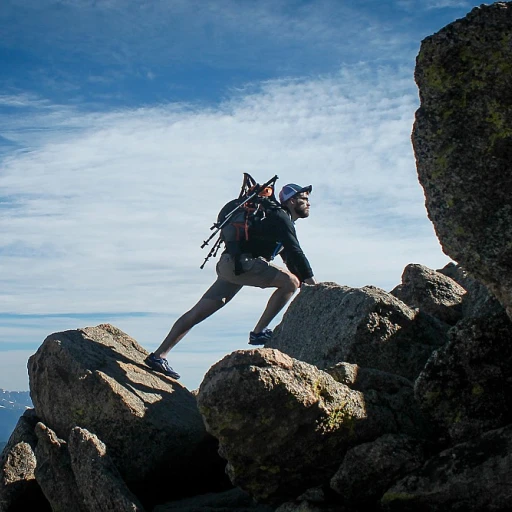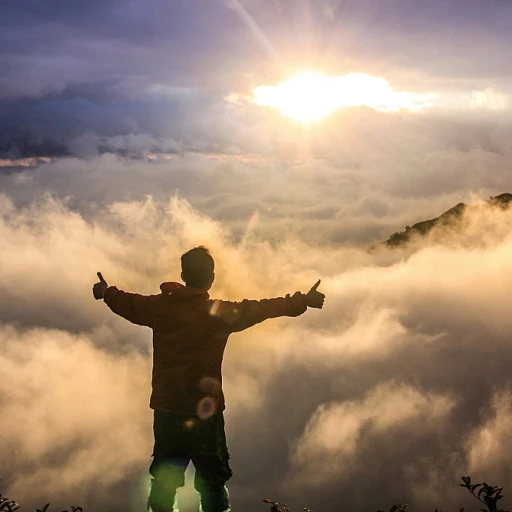
The allure of Maui's hiking trails
Discover Maui's Mesmerizing Hiking Paths
Maui, a jewel in the Pacific, offers nature enthusiasts a fascinating mix of landscapes, ranging from pristine beaches and lush forests to towering volcanoes. The island's allure lies not only in its picturesque vistas but also in the treasure trove of hiking opportunities that reveal Hawaii's raw beauty. Picture yourself venturing through the verdant bamboo forest on the iconic Pipiwai Trail or marveling at the majestic Waimoku Falls at the journey's end. Whether you're navigating the rugged landscapes of Haleakala or meandering along the Kapalua Coastal Trail, Maui's trails provide experiences you'll cherish. Exploring the charming Hana region exposes you to the dramatic Road to Hana, where every curve unveils a new marvel, from black sand beaches to cascading waterfalls. Don't miss out on Waihee Ridge Trail, which offers views of the West Maui Mountains and deep forest reserves. When setting out to tackle these great hiking experiences, remember the essentials for a successful adventure, and always prioritize safety to ensure not only an enjoyable hike but also the preservation of Maui’s natural beauty for future adventurers.Essential gear for Maui hikes
Gear Up for Maui's Diverse Terrain
When embarking on a hiking adventure in Maui, having the right gear is crucial to fully enjoy the island's stunning landscapes. From the lush bamboo forests to the rugged coastal trails, each hike offers unique challenges and breathtaking views. Here’s a guide to essential gear that will enhance your Maui hiking experience.
Footwear: The Foundation of a Great Hike
Investing in a sturdy pair of hiking boots is essential for tackling Maui's diverse trails. Whether you're exploring the Waihee Ridge Trail or the Pipiwai Trail, proper footwear provides the support and traction needed for both wet and dry conditions. Look for boots with good ankle support and a solid grip to navigate the island's varied terrain, from sandy beaches to rocky ridges.
Clothing: Dress for the Climate
Maui's weather can change rapidly, especially in higher elevations like Haleakala National Park. Layering is key. Start with moisture-wicking base layers to keep sweat at bay, and add a lightweight, waterproof jacket for unexpected rain showers. Breathable fabrics will keep you comfortable as you trek through the island's beautiful landscapes.
Navigation Tools: Stay on Track
While many trails are well-marked, having a reliable map or GPS device is wise, especially for more remote hikes like those in the West Maui Forest Reserve. These tools help ensure you stay on the right path and can find your way back to the parking lot after a long day of exploration.
Hydration and Nutrition: Fuel for the Journey
Staying hydrated is crucial, particularly in Maui's warm climate. Carry a reusable water bottle or hydration pack, and consider bringing along energy-boosting snacks like nuts or trail mix. These will keep your energy levels up as you explore the island's best trails.
Safety Gear: Be Prepared
Safety should always be a priority. A basic first-aid kit, a whistle, and a flashlight are essential items to have on hand. These can be lifesavers in case of an emergency, whether you're hiking the Iao Needle or venturing along the Kapalua Coastal Trail.
For more tips on preparing for hikes in diverse terrains, check out this comprehensive guide on hiking essentials.
Top trails for beginners
Gentle Paths for New Adventurers
For those new to hiking or looking for a more relaxed experience, Maui offers a variety of trails that showcase the island's natural beauty without being overly challenging. These trails are perfect for families, casual hikers, or anyone wanting to enjoy a day in nature without the strenuous demands of more advanced hikes.
One of the most gentle trails on the island is the Kapalua Coastal Trail. This coastal trail provides stunning views of the ocean and the rugged coastline, making it a great choice for a leisurely walk. The trail is well-maintained and offers plenty of opportunities to stop and take in the scenery.
Another excellent option is the Waihee Ridge Trail. While it offers a bit more elevation, the trail is still accessible for beginners and rewards hikers with panoramic views of the lush West Maui Mountains and the surrounding valleys. The trailhead is conveniently located near a parking lot, making it easy to access.
For those interested in exploring Maui's unique landscapes, the Pipiwai Trail in Haleakala National Park is a must-visit. This trail takes you through a mystical bamboo forest and leads to the impressive Waimoku Falls. The round trip is manageable for beginners, and the experience of walking through the towering bamboo is unforgettable.
Lastly, the Twin Falls trail offers a short and sweet hike through a tropical forest reserve. Located along the famous Road to Hana, this trail is perfect for a quick adventure and provides a chance to see beautiful waterfalls up close. It's an ideal stop for those driving the scenic road.
These trails not only offer a glimpse into the diverse ecosystems of Maui but also provide a gentle introduction to the island's hiking opportunities. Whether you're drawn to the coastal views, lush forests, or cascading falls, Maui's beginner-friendly hikes are a great way to start your exploration of this beautiful island.
Challenging trails for experienced hikers
Conquering Maui's Most Demanding Trails
For those who seek a true challenge, Maui offers some of the most demanding and rewarding hikes. These trails are not for the faint-hearted, but they promise breathtaking views and a sense of accomplishment that makes every step worth it.
Haleakalā Crater: A Journey Above the Clouds
Embark on a journey through the Haleakalā National Park, where the Haleakalā Crater awaits. This trail is a test of endurance, with its high altitude and rugged terrain. The volcanic landscape is otherworldly, offering a stark contrast to the lush greenery of other Maui hikes. Be prepared for a long day, as the round trip can take up to 11 miles. Start early to catch the sunrise, a spectacle that paints the sky in hues of orange and pink.
Waihe'e Ridge Trail: A Ridge with a View
The Waihe'e Ridge Trail is a favorite among experienced hikers. This trail offers a challenging ascent through the forest reserve, leading to panoramic views of the West Maui Mountains and the ocean beyond. The trail is about 5 miles round trip, with steep inclines that require good physical condition. The reward is a breathtaking view at the top, where you can see the island's diverse landscapes.
Pipiwai Trail to Waimoku Falls: A Bamboo Adventure
Located in the Haleakalā National Park, the Pipiwai Trail is a must for those who love waterfalls and bamboo forests. This 4-mile round trip takes you through a lush bamboo forest, culminating at the majestic Waimoku Falls. The trail is well-maintained but can be slippery, especially after rain, so sturdy hiking boots are essential. The sound of the falls and the beauty of the surrounding nature make this hike unforgettable.
Safety and Preparation
Before tackling these trails, ensure you are well-prepared. Check the weather conditions, as they can change rapidly, especially at higher elevations. Carry enough water, snacks, and a map or GPS device. Proper gear, including hiking boots and layered clothing, is crucial for comfort and safety. Remember, these trails are challenging, so know your limits and hike responsibly.
Safety tips for hiking in Maui
Stay Safe on Maui's Trails
Hiking in Maui offers breathtaking views and unforgettable experiences, but it's crucial to prioritize safety to ensure a successful adventure. Whether you're exploring the lush bamboo forest on the Pipiwai Trail or tackling the rugged terrain of the Waihee Ridge, preparation is key.
Plan Ahead
- Research the Trail: Before setting out, familiarize yourself with the trail's difficulty level, length, and any specific challenges it may present. This is especially important for trails like the Haleakala or the West Maui mountains.
- Check the Weather: Maui's weather can change rapidly. Always check the forecast and be prepared for sudden rain, especially if you're near falls or in a forest reserve.
- Inform Someone: Let someone know your hiking plans, including your expected return time, especially if you're heading to remote areas like the Road to Hana or the Iao Needle.
Equip Yourself Properly
- Wear Appropriate Footwear: A sturdy pair of hiking boots is essential for tackling Maui's diverse trails, from sandy beaches to rocky ridges.
- Pack Essentials: Carry plenty of water, snacks, a first-aid kit, and a map or GPS device. Even on a day hike, these items can be lifesavers.
- Dress in Layers: The island's climate can vary greatly, so wear layers to adjust to temperature changes, especially when hiking at higher elevations like Haleakala.
Respect the Environment
- Stay on Marked Trails: To preserve Maui's natural beauty and avoid getting lost, stick to designated paths, whether you're on the Kapalua Coastal Trail or exploring a state park.
- Leave No Trace: Carry out all trash and avoid disturbing wildlife. This ensures that the trails remain beautiful for future hikers.
- Be Mindful of Parking: Use designated parking lots and respect local regulations to avoid fines and support conservation efforts.
Preserving Maui's natural beauty
Protecting Maui's Unique Ecosystems
Hiking through the lush landscapes of Maui is a privilege that comes with the responsibility of preserving its natural beauty. The island's diverse ecosystems, from the bamboo forests along the Pipiwai Trail to the stunning black sand beaches of the Hana coast, are delicate and require our care.
Leave No Trace Principles
Adhering to the Leave No Trace principles is crucial when exploring Maui's trails. This means packing out all trash, staying on designated paths, and respecting wildlife. Whether you're on the Waihee Ridge Trail or the Kapalua Coastal Trail, these practices help maintain the island's pristine condition.
Respecting Local Culture and Regulations
Maui's trails often pass through areas of cultural significance. It's important to respect local customs and adhere to any posted regulations. For example, when visiting the Iao Needle or the Haleakala National Park, be mindful of cultural sites and follow park guidelines.
Minimizing Impact on Flora and Fauna
The island's unique flora and fauna, such as the rare plants in the West Maui Forest Reserve, are sensitive to human activity. Avoid picking plants or disturbing wildlife. When hiking to Waimoku Falls or along the coastal trails, keep a respectful distance from animals and plants.
Supporting Conservation Efforts
Consider supporting local conservation efforts that work to protect Maui's natural resources. Many organizations focus on preserving the island's trails and ecosystems, ensuring that future generations can enjoy the same breathtaking views and experiences.
By following these guidelines, hikers can contribute to the preservation of Maui's beautiful landscapes, ensuring that the island remains a great destination for outdoor enthusiasts for years to come.

